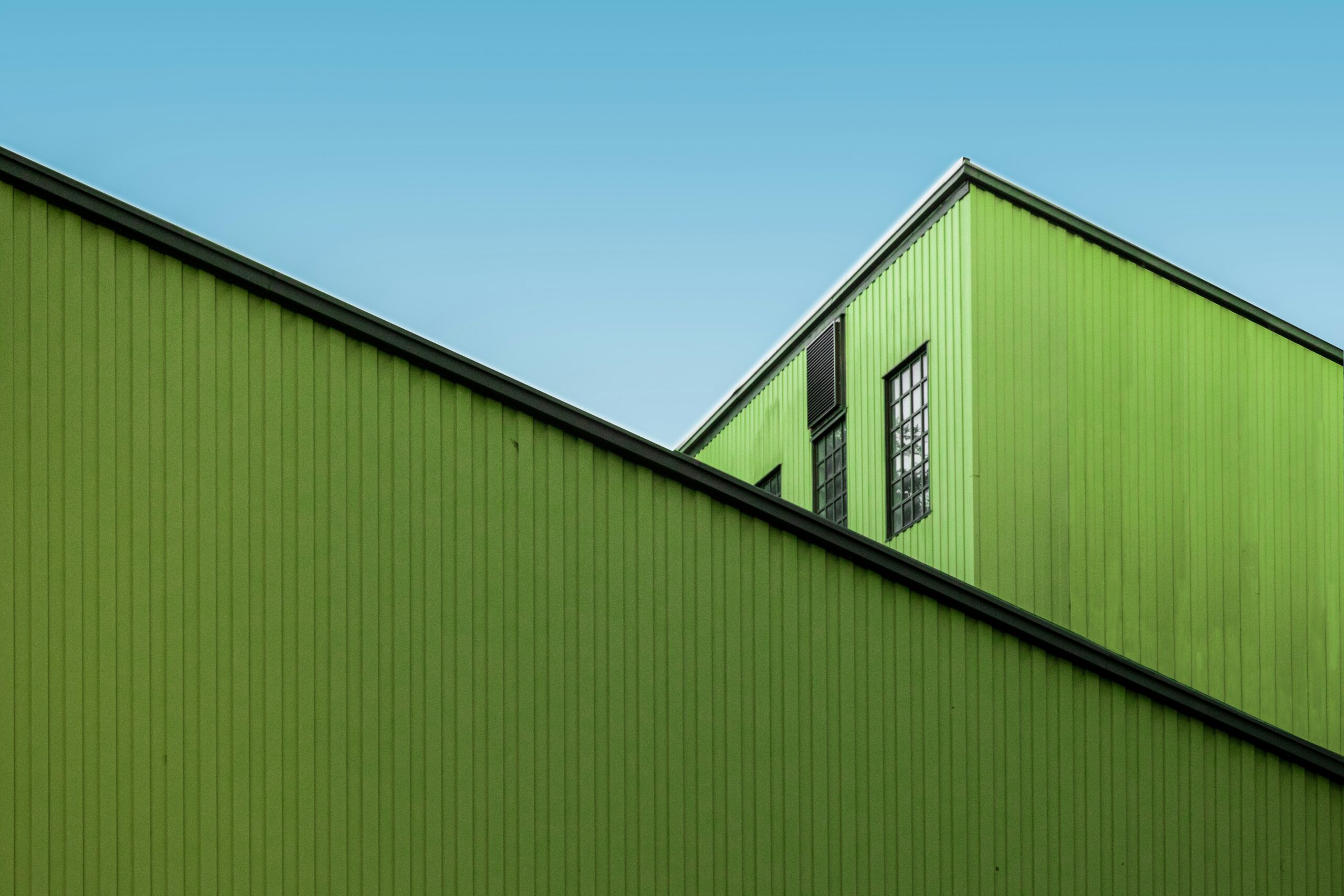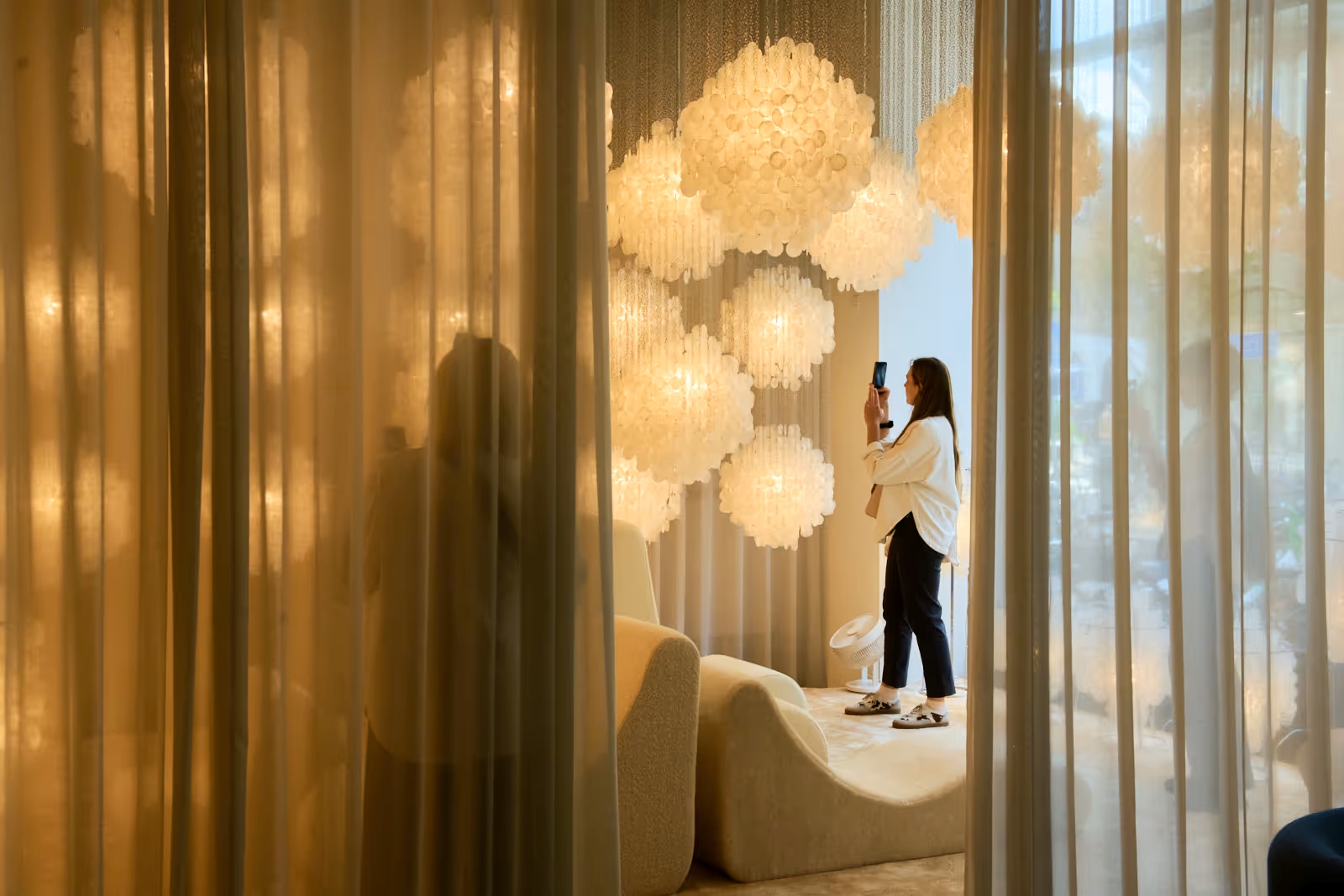Recycling is a very effective way to ensure you’re doing your part for the environment at home and work. By recycling, you can help reduce the amount of waste in landfills and preserve our natural resources. From recycling paper and glass by simply throwing them in the right bin to batteries to garments and building materials, more or less everything can be recycled with a little effort.
There are different initiatives and events to celebrate recycling and encourage people to do it more. One such event is Global Recycling Day on March 18. The day aims to encourage people to reduce waste and protect the environment. It also brings together individuals, organizations, and governments from across the world to promote sustainable practices and the benefits of recycling.
Established in 2018 by the Global Recycling Foundations, a non-profit organization aiming to promote the importance of recycling and support sustainable development, the day is recognized by the United Nations. It is also celebrated around the world.
In order to pay our tribute to this day and support the cause, this story is going to dive into different projects and products that either recycle or reuse already existing materials.
MULTI
Winner of the BLT Built Design Award for Architectural Design that is Sustainable and Energy Saving, MULTI has a strong sustainable character. MULTI is the first carbon-neutral office building in Brussels and it is also completely fossil-free. It is important to mention in the context of Global Recycling Day that circularity was taken into closer scrutiny in an attempt to reuse as many existing materials as possible. No less than 87% of existing materials could be retained. This means that the structure and other different materials were used in other parts of the project.
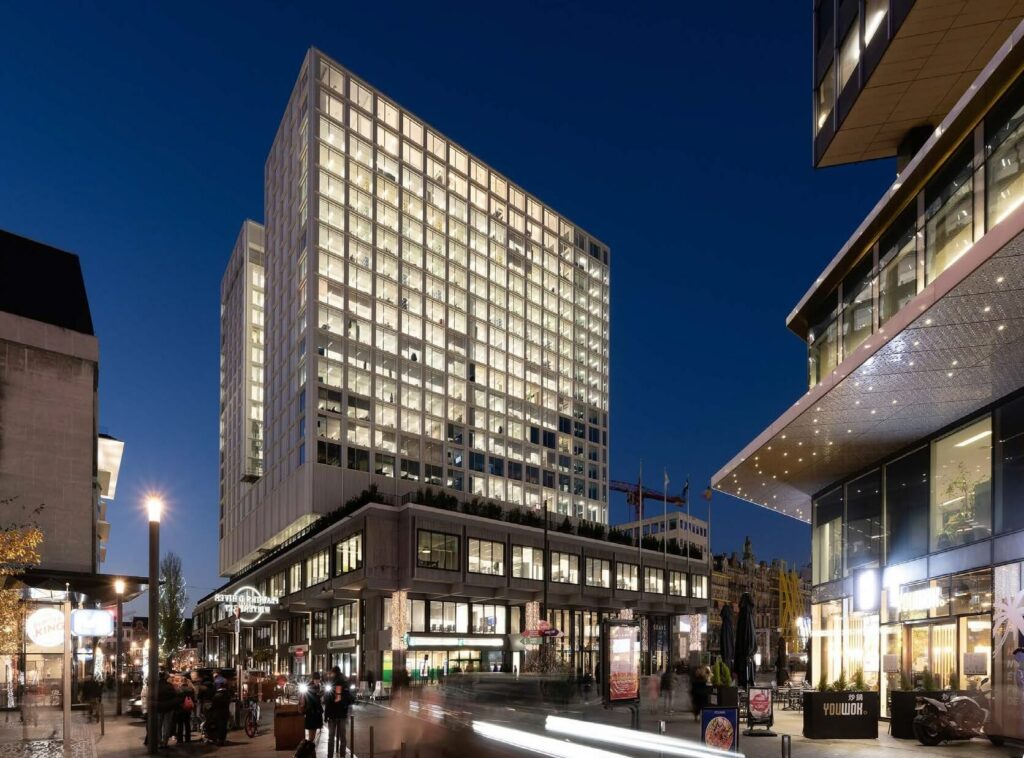
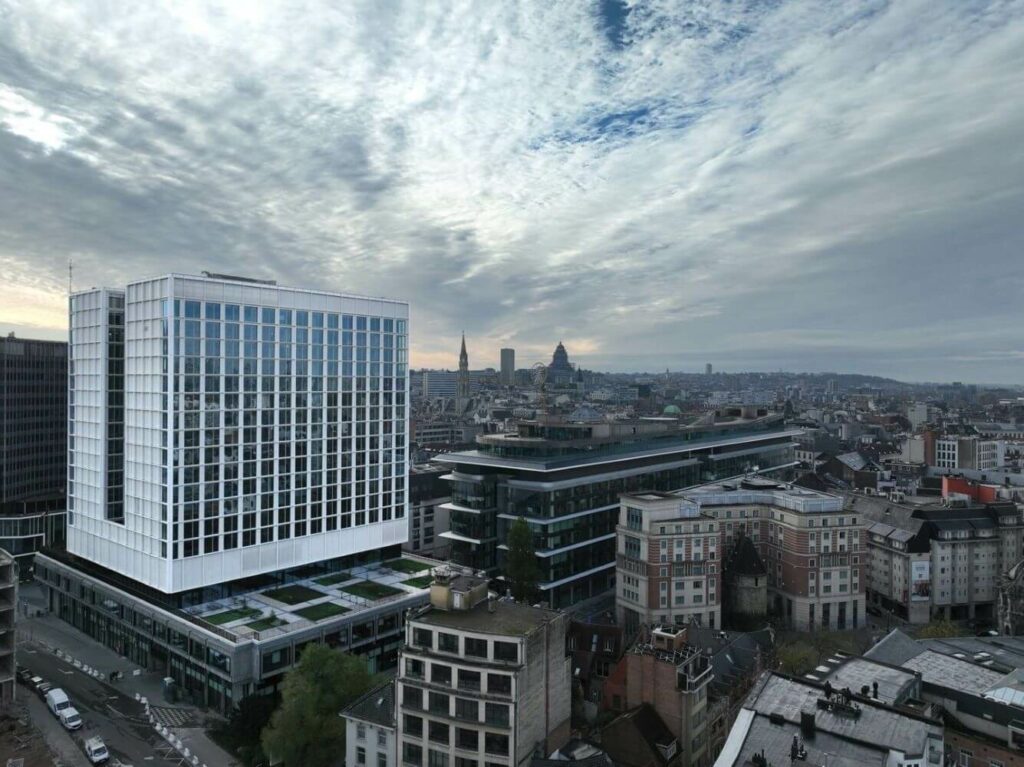
Window Wall System
Constructed with a non-strutted thermal break, the Window Wall System optimizes a building’s energy performance and efficiency through the thermal separation functionality. Thoughtfully designed with the sustainable principle of disassembly in mind, the Window Wall is 100% recyclable due to its intuitive, non-strutted system. This makes taking apart the product at the end of its life cycle easy so each piece can be recycled or reused elsewhere.
The tilt-in installation process allows for seamless project execution with minimal equipment needed, saving construction timelines from common “crane time” disruptions. The Window Wall System features a minimalistic design with clean, simple lines that contribute to a refined exterior and interior aesthetic. Moreover, the lead designer, Mark Mathey. focused on developing this project so it can be fully installed from the interior of the building.
The Window Wall System became the winner of the BLT Built Design Awards in the category of Construction Products focusing on Wall and Isolation systems and materials.
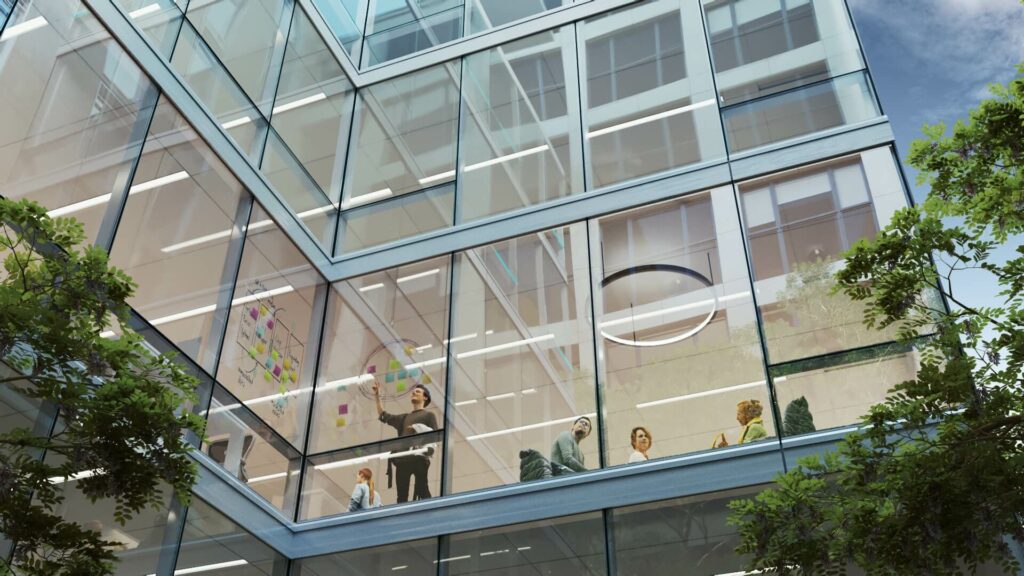
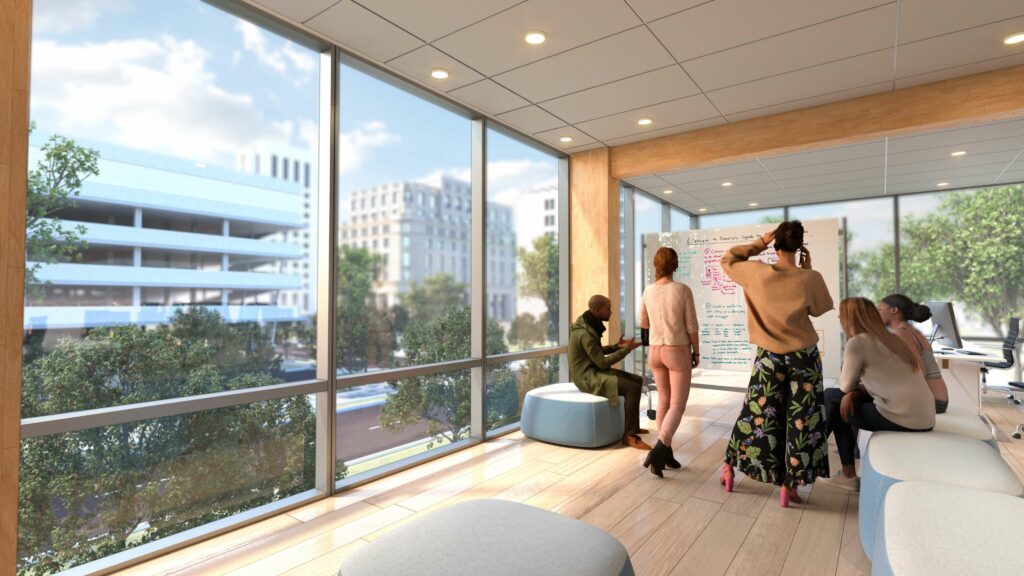
LATIS
The LATIS e-bike is designed according to the guidelines of circular economy. Its straightforward and futuristic design creates a distinctive silhouette that is ready to dive into a more sustainable future. The frame of the bike is made of anodized aluminum molded tubes which do without the cost-intensive hydroforming process. This not only reduces the production energy but also facilitates the return into the technical cycle due to the anodized coating. The lead designer, Emim Music, also wanted to increase safety in road traffic with this project therefore the LATIS is equipped with indicator lights on the handles and a built-in front and rear light. Although still in prototype mode, this project promises to be part of the circular economy.

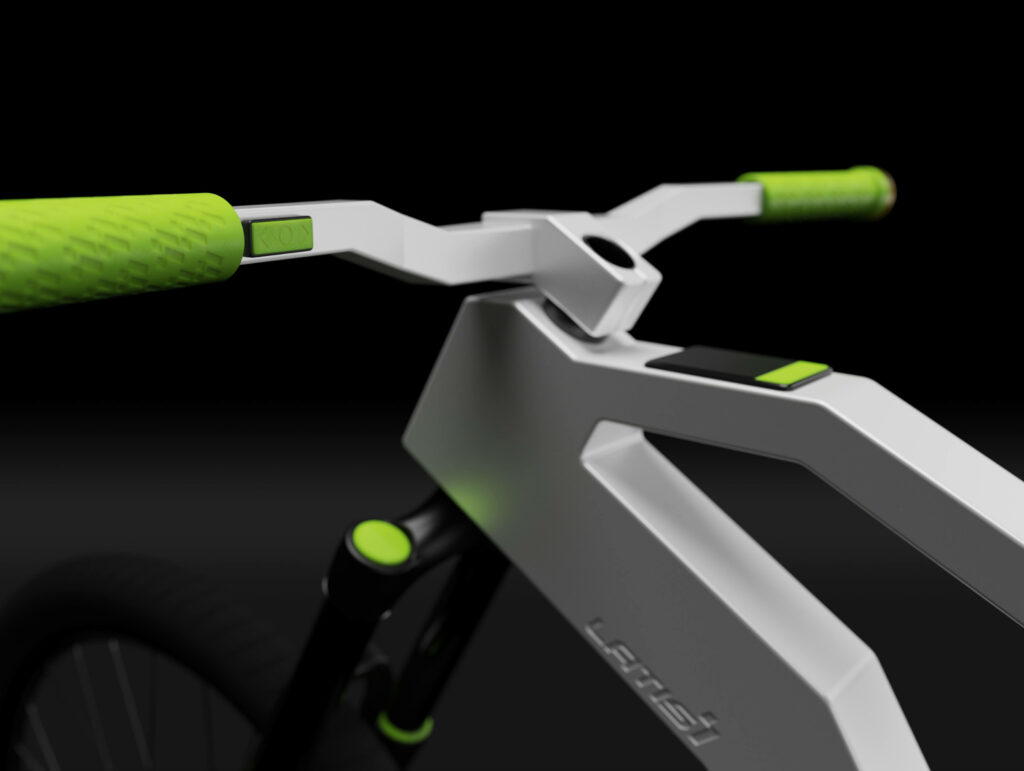
Four Pillars Gin
The Four Pillars project is 100% fossil fuel-free, and sustainability has been embedded throughout the whole design. Furthermore, ongoing waste minimization was important for this project therefore all steel, concrete, and timber were recycled during construction. That is to say, none of the excavations went to landfill.
An interesting fact about this project is that gin is piped directly into the main bar from production. This happens through featured copper pipes to reduce glass waste.
The upholstery of the bar is designed using “pineapple leather” made from waste pineapple fiber. Jeremy McLeod, the lead designer of this bar focused on tripling the capacity for visitors but also expanding the production space, the outdoor garden, and the custom-built bar.
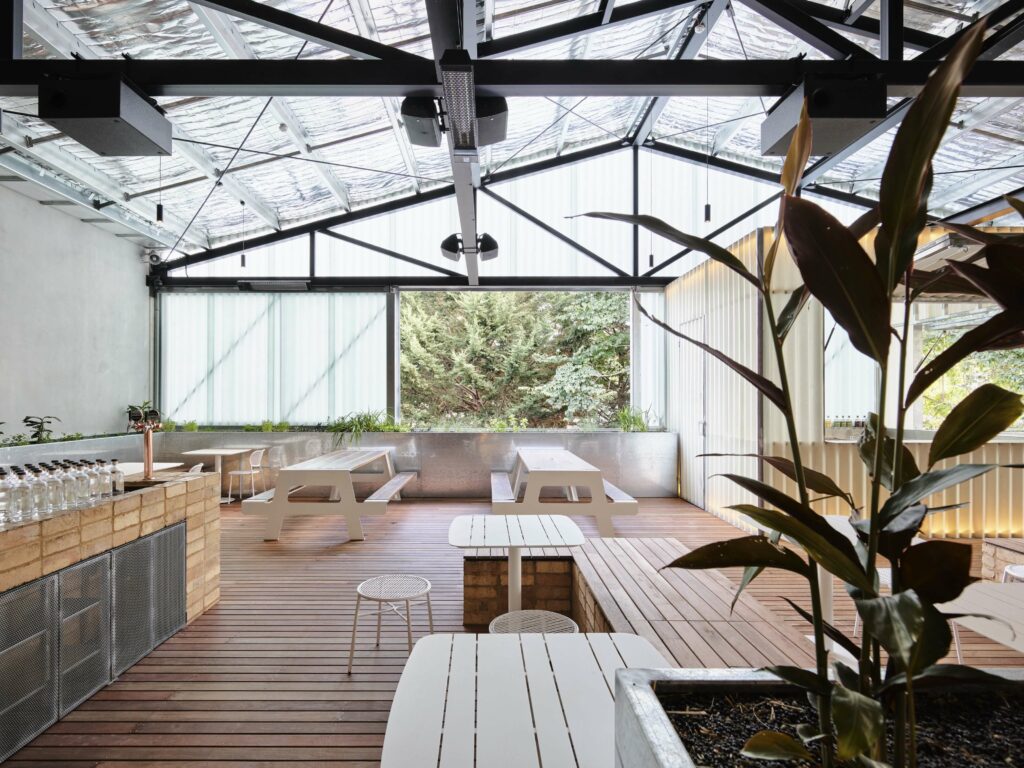
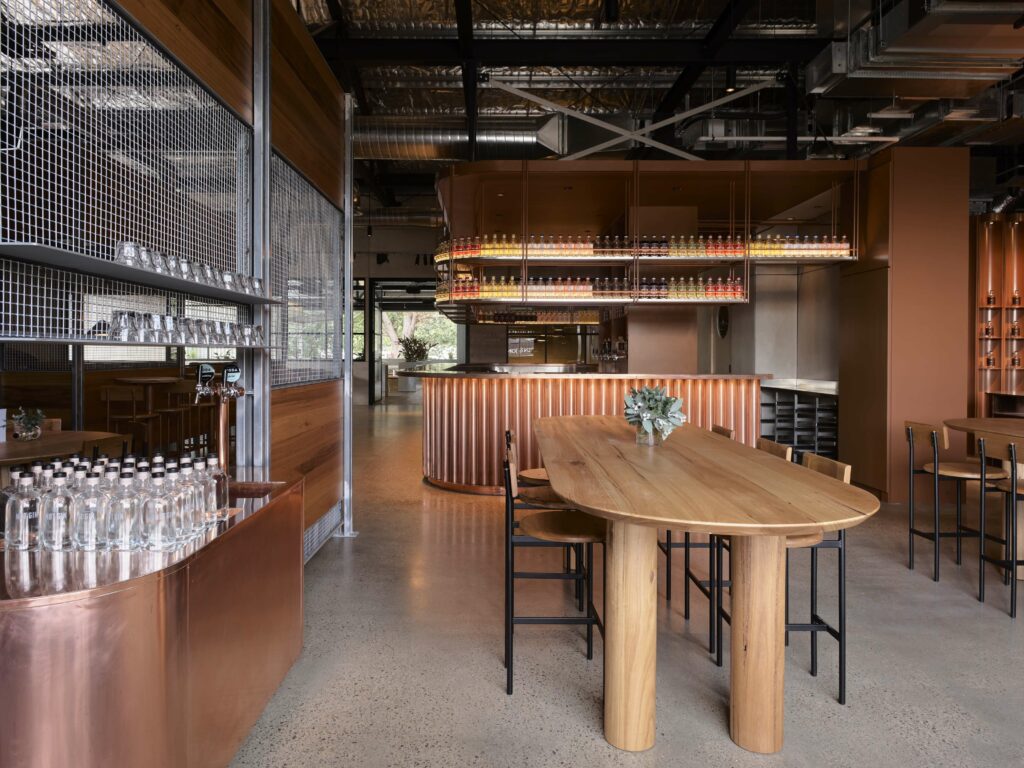
Bodega x Saucony Grid Shadow 2 ‘Jaunt Woven’
The limited-edition Bodega x Saucony Grid Shadow 2 ‘Jaunt Woven’ combines stone-washed 18oz canvas, hemp, and cotton with rope laces to lock down the design ethos inspired by aimless adventure.
For the design of these sneakers, Saucony and Bodega took inspiration from nature and stripped away the unnecessary. The pair features environmentally friendly elements. The designers focused on recycled materials and therefore they chose to include a molded EVA midsole cushioning with a speckled heel that looks like waves pulling you towards a recycled gum rubber outsole. Additionally, the recycled mesh tongue, collar liner, and brushed Nylex footbed cover contribute to both style and sustainability.
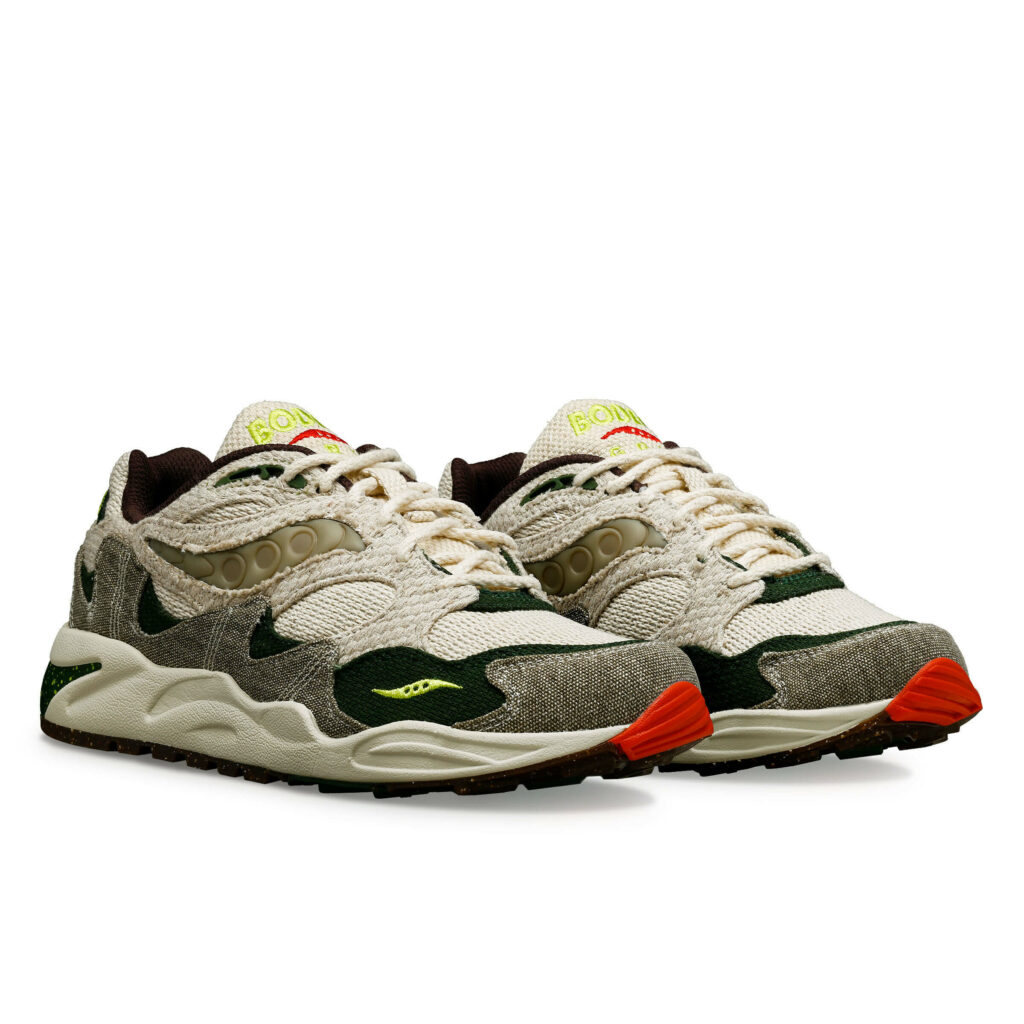
Final thoughts
To wrap up, as we pay respect to Global Recycling Day, it is obvious that the journey towards sustainability is paved with innovative projects and designs. They can both make our lives easier and help us create a better environment for ourselves and our families. Prioritizing circular economy has multiple benefits not only for the environment but also for our wallets, the time we invest in projects, and the effort we put into them. From electric bikes to architectural buildings, recycling and reusing different materials shows the commitment to reducing waste and preserving resources.






